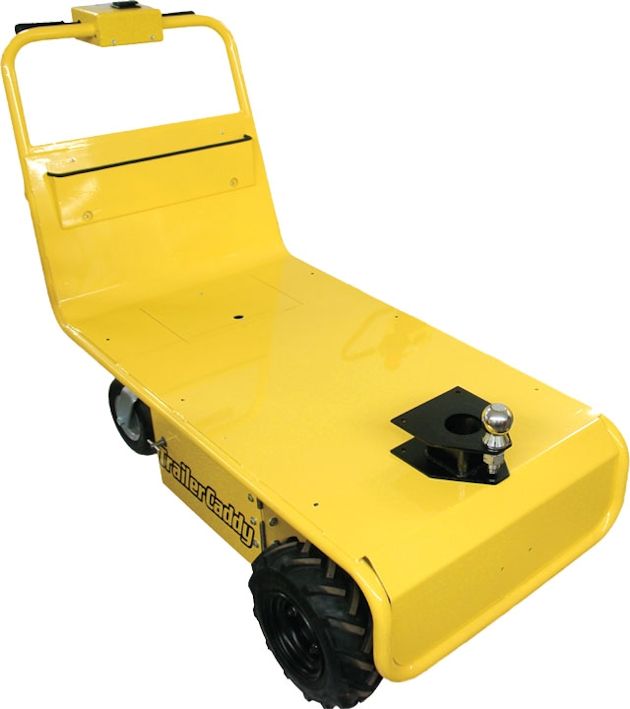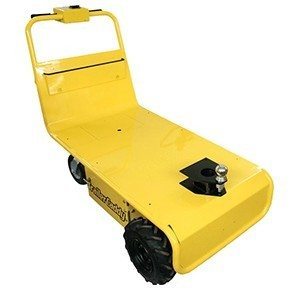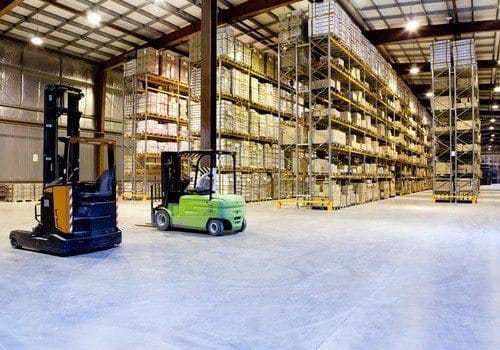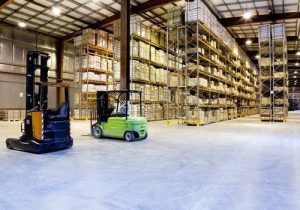Spring is officially here. It’s not the daffodils poking through the ground that tipped me off; it was the parade of boats and RVs on the highway this weekend that clued me in. When people put their boats in the water and fire up their RVs, you know that spring is in the air. The folks in Chicago and Detroit may still have to shovel a few inches of snow this month, but most of the country (Nebraska excluded) is starting to enjoy warmer days, and thoughts are turning to summer pleasures.
Developed to facilitate the easy movement of trailers around manufacturing plants and storage facilities, DJ Products’ versatile TrailerCaddy trailer mover has been appropriated by the boating and RV industries. Ergonomically designed to prevent the muscle strain associated with moving large trailers and trailered equipment, DJ Products’ TrailerCaddy makes it possible to move heavy, unwieldy boats and RVs at plants, in showrooms and on sales lots with ease. Our ergonomic trailer pusher protects the health and safety of your workers, putting the strain on the equipment, not on workers’ muscles and backs.
The compact design of DJ Products’ TrailerCaddy allows workers to effortlessly and safely maneuver boats and RVs while maintaining complete control over the vehicle, whether moving a RV across a crowded sales lot or positioning a boat in a tight showroom space surrounded by other expensive vehicles. Because our battery-operated TrailerCaddies are more efficient and less bulky than traditional electric trailer pulling equipment, they cost less to use, have lower maintenance costs, require less storage space, and result in fewer accidents.
Capable of moving trailers, RVs and boats up to weighing up to 20,000 pounds, DJ Products’ trailer mover is powered by three deep-cycle batteries for long run times, extended use between charging, and quiet operation. An electric braking system holds trailers safely on inclines, preventing potential accidents from run away trailers. Operated from the handlebar, the ergonomically-designed, variable-speed, high-tech speed controller allows smooth acceleration and de-acceleration from 0 to 3 mph both forwards and backwards. A safety stop switch conveniently mounted on the handle bar ensures immediate, safe stopping power. Non-marking tires protect showroom floors. Click here to see a film of DJ Products’ TrailerCaddy in action.



